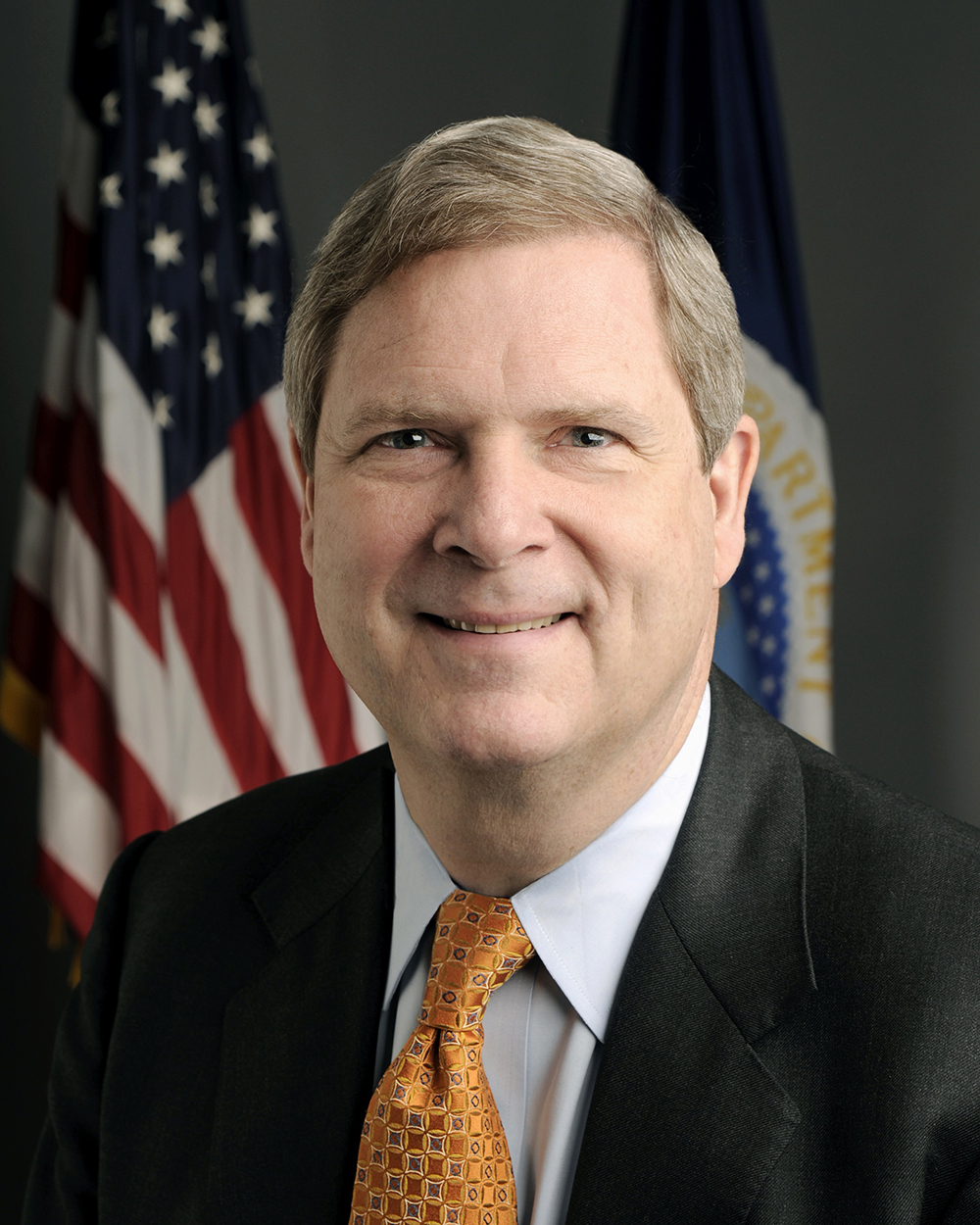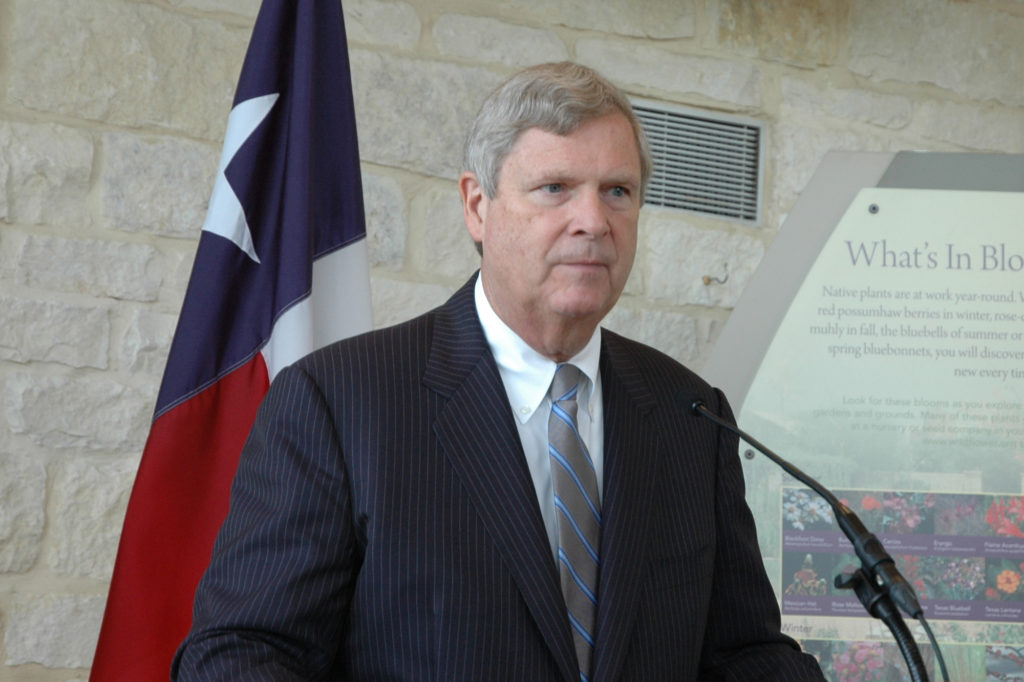AUSTIN, Texas—As he caps an eight-year run as Secretary of Agriculture, Tom Vilsack sees challenges and opportunities ahead for both rural Americans and the electric cooperatives that serve them.

“The biggest challenge is making sure the 85 percent of Americans who do not live in rural areas understand the contributions the 15 percent who do live there make,” said Vilsack. “Our budgets have faced constraints. The need has not.”
Vilsack warned that co-ops serving rural communities could face challenges as the Rural Utilities Service competes for shrinking funds with other agencies within the Department of Agriculture.
“They are competing with equally important interests involved in conserving land and water resources, and other rural interests,” Vilsack told reporters.
He cited wildlands fire suppression, housing finance and renovation programs in rural areas, and production financing for farmers and ranchers as examples of other programs vying for shrinking subsidies.
“We have a debate every five years on the farm bill,” said Vilsack, insisting that it should be renamed to reflect its true value. “It’s a research bill, it’s a trade bill; it’s an infrastructure bill; it’s a conservation bill. It’s an incredible piece of legislation.”
Vilsack oversees 100,000 employees and an annual budget topping $140 billion. He is adamant about recognizing the contributions rural Americans make.
During a recent roundtable discussion at the Lady Bird Johnson Wildflower Center, Vilsack noted that the 15 percent of the nation’s population that reside in rural areas produce enough food and fiber for the nation and an ample surplus for export.
He also said that 35 percent to 40 percent of those serving in the all-volunteer military have rural ties.

Vilsack suggests that programs promoting opportunities for young farmers, agribusiness internships, urban farming and other agricultural enterprises could reinforce and expand support on Capitol Hill.
“There are over 260 occupations, businesses and job opportunities that the [national youth organization] FFA has identified as part of their program,” said Vilsack. “We’re only training about 35,000 people for 60,000 jobs.”
“Folks think of the Department of Agriculture as exclusively for farmers and ranchers,” said Vilsack, adding that the department’s work supports interests that help feed the nation and much of the world. “That has allowed the rest of us to pursue other interests and opportunities,” freed from food production.
A lawyer by training, Vilsack has never farmed but served two terms as governor of Iowa until he joined the Obama administration in 2008. He has held the post longer than any other agriculture secretary in the past 50 years.
Vilsack has not announced definite plans, but said he hopes to continue advocacy on behalf of the nation’s rural communities when he leaves office in January. “I’m going to find a way because it is an important place with really good people,” he said.
NRECA CEO Jim Matheson praised Vilsack for the work he’s done in office.
“Electric co-ops are grateful for the leadership of Secretary Vilsack over the last eight years and this roundtable event shows why: He understands the priorities and needs of rural communities all across the country,” said Matheson. “With support from Secretary Vilsack, co-ops continue to have a trusted partner as they work to strengthen local economies and improve the quality of life.”
Derrill Holly is an NRECA staff writer.